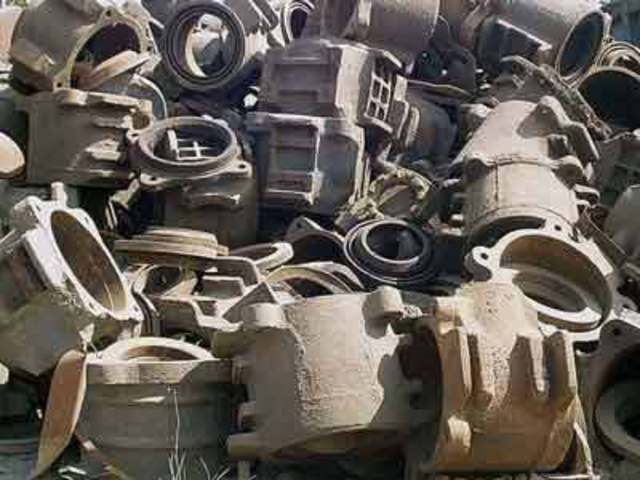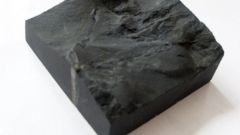You will need
- grinding machine,
- - drill
- - needle file or small file.
Instruction
1
Look at the details inconspicuous place and walk around a few times the metal with a needle file or fine file. Received sawdust spread in the fingers. Ordinary cast iron will leave a distinctive graphite black colour on the skin.
Even more clearly if RUB the shavings between sheets of white paper. Steel sawdust paper will not ismart.
Even more clearly if RUB the shavings between sheets of white paper. Steel sawdust paper will not ismart.
2
You can determine – before you cast iron or steel – empirically: in color and form sparks.
Turn on the grinding machine and take two obviously known to you the details or blanks: steel and cast iron. Let them alternately sparks and compare. Then walk the same details in which you are in doubt. Make conclusions on the basis of the most similar samples.
Sparks arising from the grinding of steel, are tiny molten particles of metal that fly at a tangent to the circumference of the circle at the point of contact with the workpiece.
In the presence of carbon metal, hot particles in contact with air, oxidized, carbon is transformed into carbon dioxide. This produces very many sparks with short rays.
Cast iron spark is bright straw color.
Turn on the grinding machine and take two obviously known to you the details or blanks: steel and cast iron. Let them alternately sparks and compare. Then walk the same details in which you are in doubt. Make conclusions on the basis of the most similar samples.
Sparks arising from the grinding of steel, are tiny molten particles of metal that fly at a tangent to the circumference of the circle at the point of contact with the workpiece.
In the presence of carbon metal, hot particles in contact with air, oxidized, carbon is transformed into carbon dioxide. This produces very many sparks with short rays.
Cast iron spark is bright straw color.
3
Take the drill and insert a drill bit of small diameter. Find out details of private place and a little drill.
First, the process of drilling of cast iron parts is different from drilling steel. To best experience the difference, do a similar drilling on known samples of iron and steel.
Second, when drilling cast iron is almost not formed chips. And if formed, it is very short and it frays easily with your fingers into dust. Steel the chips are twisted like wire, and her fingers are not broken.
You can also check the kind of metal processing on a lathe – the cast iron chips will be a coarse dust.
First, the process of drilling of cast iron parts is different from drilling steel. To best experience the difference, do a similar drilling on known samples of iron and steel.
Second, when drilling cast iron is almost not formed chips. And if formed, it is very short and it frays easily with your fingers into dust. Steel the chips are twisted like wire, and her fingers are not broken.
You can also check the kind of metal processing on a lathe – the cast iron chips will be a coarse dust.
Note
Carbon and low alloy steels are magnetic, like iron. Therefore, in distinguishing iron from steel, the magnet will not do.
But austenitic manganese steel is non-magnetic, so they can be easily distinguished with a magnet.
But austenitic manganese steel is non-magnetic, so they can be easily distinguished with a magnet.

